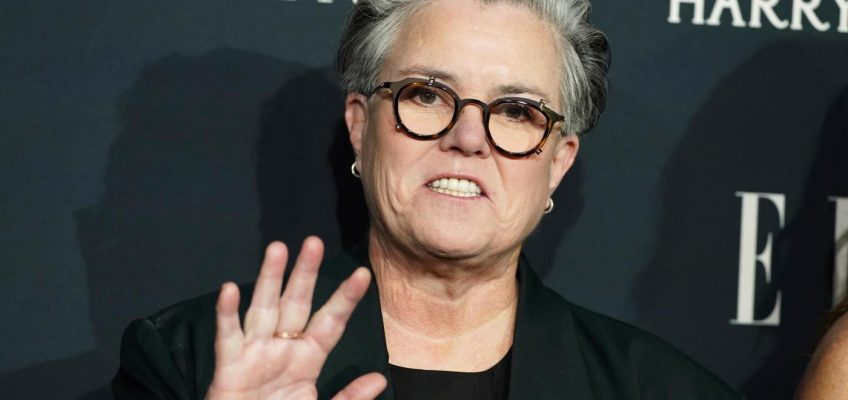While full-out splash and dazzle musicals can make for a memorable night at the theater, there’s something uniquely rewarding about being in a small room with one or two people, listening to them unspool their stories. At such times, theater can provide an intimate human connection that nothing on a screen can match.
If such an experience sounds appealing, I strongly recommend Artistry’s involving little production of “Love and Baseball.” It’s a small, sweet play about a man and woman who drift in and out of one another’s lives over the course of a few years, navigating changes in the dynamic between them, which could land them in friendship, romance or a bitter feud, depending upon their decisions.
Related Articles
Theater review: ‘Kimberly Akimbo’ is a breath of fresh originality
Richard D. Thompson has stepped down as History Theatre’s artistic director
Theater review: Guthrie’s ‘Cabaret’ feels like the musical of the moment
‘Theater needs to be for everyone’: A Q&A with incoming Theater Mu artistic director Fran de Leon
Walker Art Center’s upcoming performing arts season offers experimental music, dance and theater
Artistry’s take on Jerry Montoya’s deft hybrid of comedy and drama is a tremendously well-executed show that features two finely crafted and disarmingly natural performances. It invites your emotional investment in the perseverance and happiness of these two individuals over the course of the play’s 90 intermission-less minutes. And you don’t have to care a bit about baseball to enjoy it. But if you are a fan, there’s even more to like.
In the Bloomington Center for the Arts’ cozy little Black Box, Katie Phillips has created a clever set that’s part living room and part baseball diamond, complete with on-deck circles and furniture in place of infielders. “Love and Baseball” plays out in three scenes, spaced in two-year intervals, beginning with philosophy professor Michele awaiting a friend’s arrival at his apartment when his roommate, filmmaker Will, barrels in and is startled to find her there.
Despite his palpable longing to turn on a playoff game involving his beloved Los Angeles Dodgers, Will engages her in conversation that subtly conveys a mutual attraction between these very different people, spiced with explanations of philosophical principles and, as the title would suggest, baseball. In Montoya’s well-constructed script, each of the three scenes includes Will telling a story from Major League Baseball lore that serves as a metaphor for if, and how, this relationship may progress.
It evolves into a finely spun tale that’s well worth experiencing. In his detail-oriented direction, Eric Morris has clearly impressed upon his actors that this is an opportunity to be seized with relish: a chance to shape a nuanced, life-sized character and travel in tandem with another to engage an audience in the experience of watching a relationship unfold before their eyes.
And the actors do marvelous things with their characters, particularly Kendra Mueller, who bears most of the emotional heavy lifting as Michele, a woman of both confidence and vulnerability who’s a grounded realist but also a flirtatious adventurer. As we watch Michele’s journey unfold, Mueller is magnetic, conveying joy, rage and heartbreak in a compellingly convincing portrayal.
Dustin Bronson’s Will is also captivating company, unpeeling for us the layers of a man who at first seems of almost stereotypical simplicity, but whose feelings for baseball may prove the key to what Michele wants in her life: a man capable of deep, devoted love.
Dustin Bronson and Kendra Mueller in Artistry Theater & Visual Arts’ production of “Love and Baseball,” a comedy about a possible relationship between a filmmaker and a philosophy professor that’s foiled and perhaps sparked by luck and timing. It runs at the Bloomington Center for the Arts through Aug. 2, 2025. (Courtesy of Alyssa Kristine Photography)
Similarly, Artistry’s production feels suffused with a love of the art of making theater. I recommend you catch it.
‘Love and Baseball’
When: Through July 28
Where: Artistry Black Box, Bloomington Center for the Arts, 1800 Old Shakopee Road W., Bloomington
Tickets: $50-$33, available at 952-563-8575 or artistrymn.org
Capsule: Richly rewarding, it’s an intimate little night at the theater.
Rob Hubbard can be reached at wordhub@yahoo.com.




